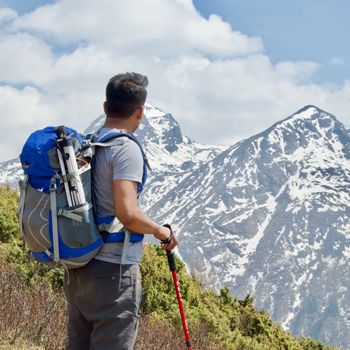Langtang Valley is a pristine mountainous valley around 61.8 KM north of Kathmandu Valley. The Langtang Trek is an adventurous journey that takes you through some of the most beautiful valleys of Nepal to the foothills of the Nepal Himalayas.
The Langtang Valley trek is one of the popular treks in Nepal, which is famous for its glacial lakes, rich culture and traditions, and dense forest trail. On this trek, you can witness a 360-degree panoramic view of the snow-capped mountains.
But how difficult is the Langtang Trek? Most people ask me about the Langtang Trek Difficulty when trekking in the Langtang Valley. Well, while trekking in Nepal, there are a lot of factors that determine the trek difficulty. Some elements are weather conditions, altitude, physical and mental ability, etc.
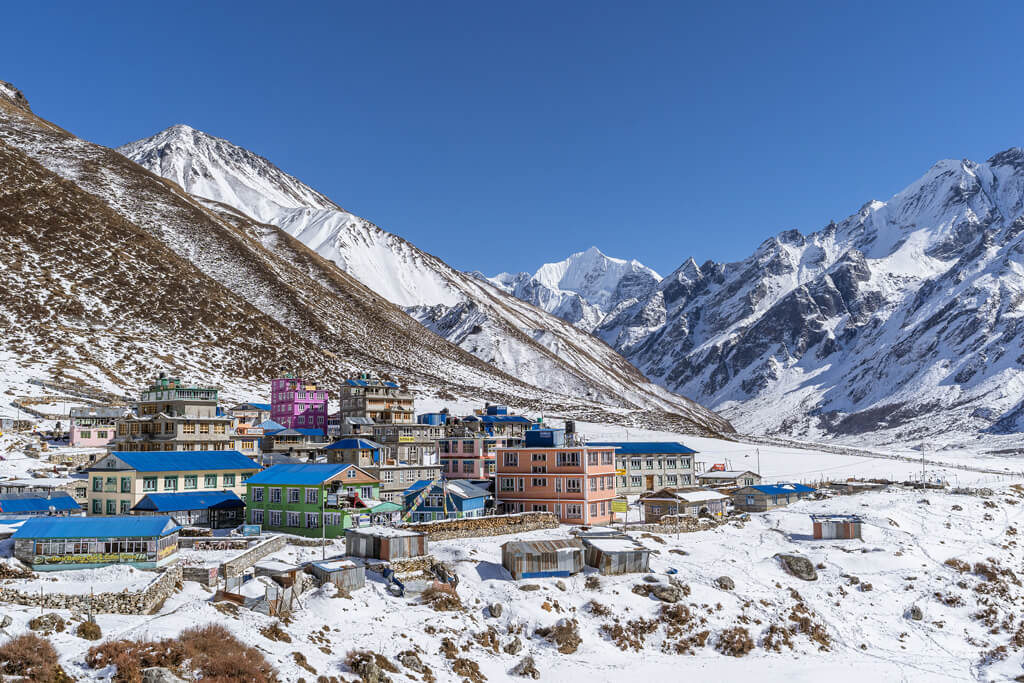
It is a moderate-level trek that doesn’t require any previous trekking experience to answer the question shortly. Trekkers of all ages with average physical fitness can complete the trek successfully.
However, it would help if you prepared yourself properly before the trek. Since you are trekking in the mountainous region of Nepal, you may face an unpredictable situation. Thus, it would help if you were well-prepared to tackle the challenges and difficulties that may come your way.
This article will learn more about the factors that may affect the Langtang Trek Difficulty and tips to overcome such difficulties. So, let’s get started.
How Difficult is the Langtang Valley Trek?
As mentioned earlier, Langtang Valley Trek is a moderately difficult trek. This trek is not that difficult compared to other famous treks in Nepal, including the Annapurna Circuit Trek, Manaslu Trek, and EBC trek. Many teahouses and lodges are on the trail, so accommodation and food are available. The trail is pretty easy, and there are no confusing trails on the trek.
However, you should take this trek lightly. Even though you won’t be trekking in high-altitude regions, as in the Everest trek, you may sit and face uncertain events.
Is Langtang Valley Trek technical?
No, it isn’t. You don’t require mountaineering or rock climbing skills to complete this trek.
This trek requires average physical fitness and a passion for traveling to new places.
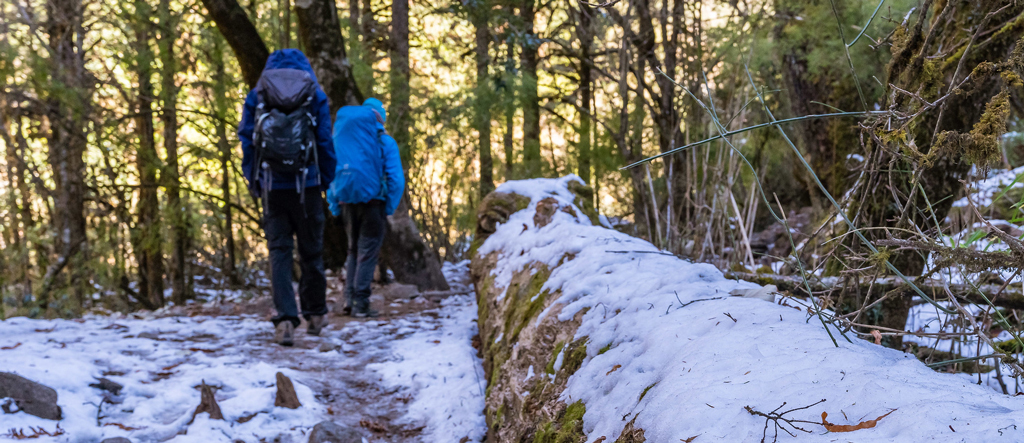
Factors Affecting Langtang Trek Difficulty
It is a short trek with moderate difficulty. We have elaborated on some Langtang Trek Difficulties in this article.
1. Langtang Trek Route Difficulty
The Langtang Trek route involves hiking up and downhills through narrow and steep ridges along the rugged trail. You will cover a distance of 60 to 80 Km during the trek. That means you have to walk for 6 to 7 hours per day.
The Langtang Valley Trek begins from the village of Syabrubesi, located at an altitude of 1550 meters. From Syabrubesi, you will be heading toward the Lama Hotel. The trail is of average difficulty, with some steep climbs here and there. It will take around 6 to 7 hours to reach Lama Hotel.
After Lama Hotel, the trail is mostly uphill. This part of the trek can be quite challenging for beginners. You must walk continuously for 6 to 7 hours to reach Langtang village.
The next destination of the trek is Kyanjin Gompa, which lies at 3900 meters. Hiking at such a height can be challenging, but nature will make it easier for you with its beauty.
Some sections can be pretty challenging during the Langtang trek as it involves rocky and slopey ups and downs. So, it would help to be careful while walking on such trails.
2. Altitude Sickness
Altitude sickness is the primary difficulty most trekkers face during the high-altitude trek. And it can happen to anyone regardless of their experience and physical fitness.
Although the Langtang trek doesn’t take you to an extreme altitude like Everest Trek, altitude sickness can still affect you.
Then, you must be familiar with the symptoms of altitude sickness to help yourself and others. Here are the symptoms of altitude sickness:
- A headache
- Nausea and vomiting
- Shortness of breath
- Dizziness
- Loss of appetite
- Heart rate increment
- Difficulty in sleeping
If you find any of these symptoms happening to you, don’t push yourself harder and think you will be fine. These symptoms won’t pass. Thus, let your group and your guide know about your health condition.
Here are some of the measures you can follow if you see any of the symptoms during the trek:
- Walk back to a lower altitude if possible.
- Do not smoke or drink.
- Take some medicine.
- Drink lots of water. Hydration is the key.
- Do not stress your body or walk until you feel better. You might have to rest for the next 48 hours.
Also, see:
3. Weather and Temperature
Unpredictable weather and temperature conditions are significant factors in Langtang Trek’s difficulty. Different seasons bring in different weather and climate in the Langtang region. The Autumn and spring seasons are the best time for Langtang Trek. Trekking reduces the difficulty of trekking as it offers the best trekking conditions.
During Autumn and spring, the weather and temperature are perfect for trekking. There is a meager chance of rainfall during these seasons, which helps avoid some possible difficulties.
Besides these seasons, you will face harsh weather and unstable temperatures if you trek during winter or monsoon. In winter, the Langtang Region expects a large amount of snowfall. Thus, the trail is covered with snow making it difficult to walk. Along with that, the temperature ranges from 6-10 degrees and even falls to minus.
Likewise, the Langtang region faces heavy rainfall during monsoon, making the trail muddy and wet. Thus, walking on such a trail raises the chance of slipping. So, people avoid trekking during the monsoon and winter seasons due to such reasons.
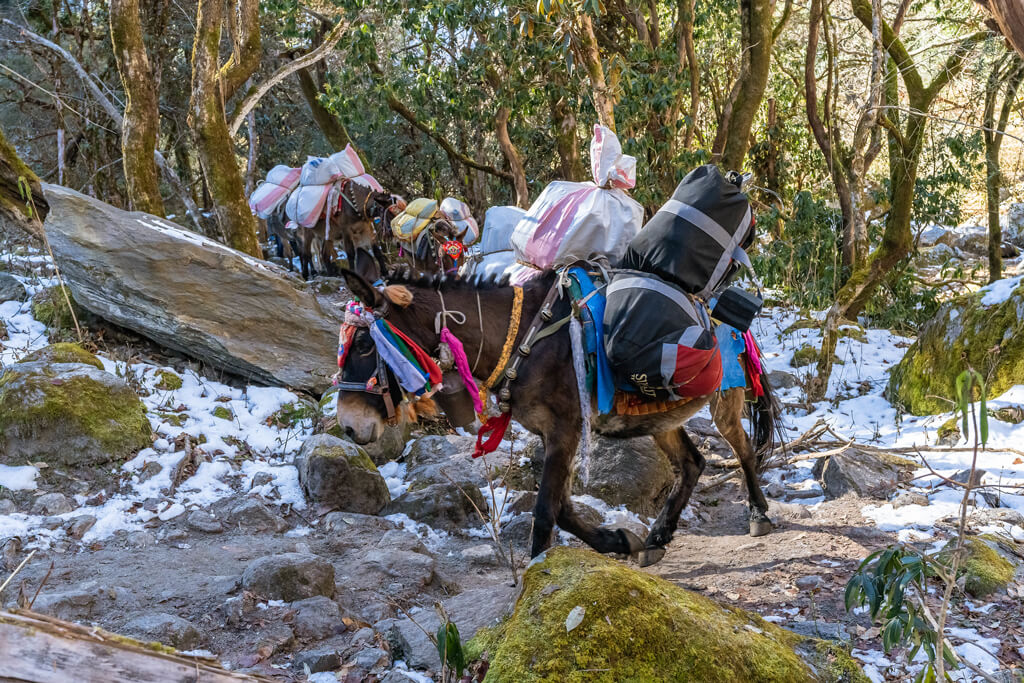
4. Physical Fitness Required
As mentioned earlier, Langtang Trek is a moderately challenging trek, and average physical fitness is enough to complete the trek. That doesn’t mean that you can go on a hike without preparation. Thus, it would help if you were mentally and physically prepared to deal with any situation on the trek.
To make your trek easier, exercising regularly before the trek is essential. You can also go on a day’s hike with some uphill/downhill climbs. It will prepare you for the varying routes on the trekking trail.
Also, see:
Tips To Reduce Langtang Trek Difficulty
You already know that the difficulty level of the Langtang trek is moderate. Here are some tips to help you lessen the trek’s difficulty level.
1. Train yourself
Proper training is required for every trek you do. So, prepare yourself by doing some day hikes, swimming, and exercising regularly before starting your trek. Physical training will help you increase your stamina and endurance power. Thus, you will not feel the stress of the trek.
2. Pack comfortable hiking boots
During the trek, you will be continuously walking for days. So, having a comfortable pair of hiking boots is very crucial. Make sure the shoes fit perfectly and are pleased to walk before wearing them on the trek if they are new. If you don’t do that, they may cause blisters on the feet, making walking difficult.
3. Get proper clothing and gear.
Since the weather in the mountains is unpredictable, packing proper clothing and gear is very important. It would help if you packed the equipment to tackle every situation during the trek, such as cold weather and rain.
Pack waterproof/windproof clothing despite the season you are trekking. Also, carry the four-season sleeping bag and trekking poles.
Please read our “Langtang Valley Trek Packing List ” article for more detailed information.”
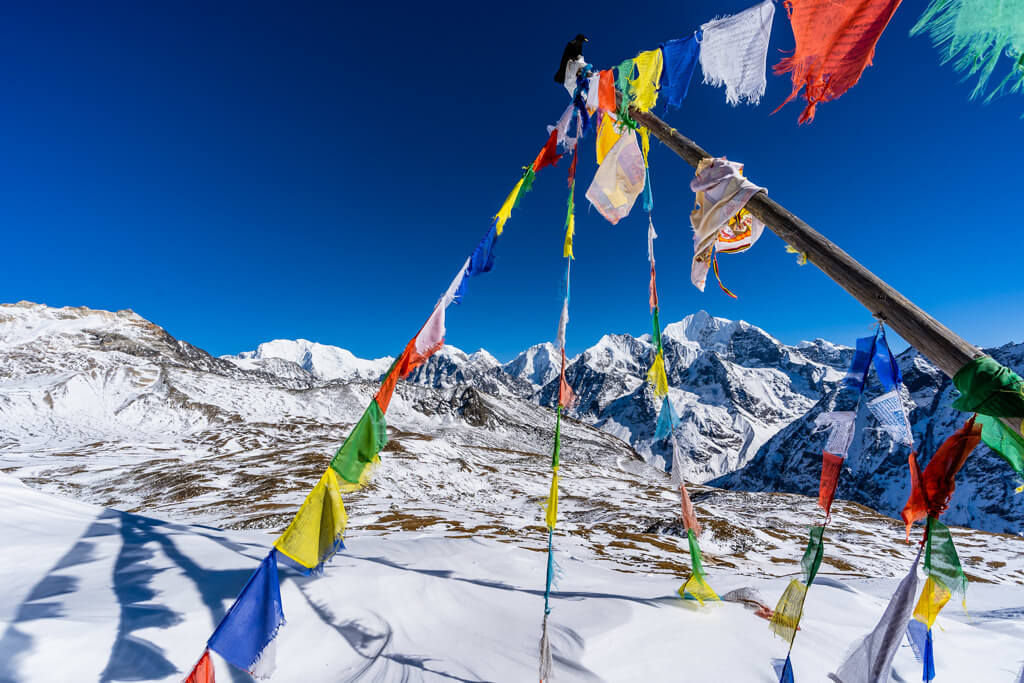
4. Eat Properly and Maintain Hydration
Have proper food and drink at least 2 liters of water daily during the Langtang trek. Try to eat enough food that is high in protein and carbohydrates. Also, carry some light snacks and protein bars for the trails. Having a proper diet and enough water helps you avoid health issues during the trek.
5. Stay on The Trekking Trail
Always stay on your Trekking trail. Avoid taking shortcuts. Do not try to put yourself in danger by getting away from the trail.
Also, see:
Conclusion
So, Langtang Trek is a moderate trek suitable for trekkers. You don’t have any technical training or previous trekking experience to do this trek. However, it would be much easier to engage in physical exercise before the hike to make your trekking experience less complicated and more comfortable.
Furthermore, don’t hesitate to contact us if you have more questions or queries regarding this trek or any other trek in Nepal.



